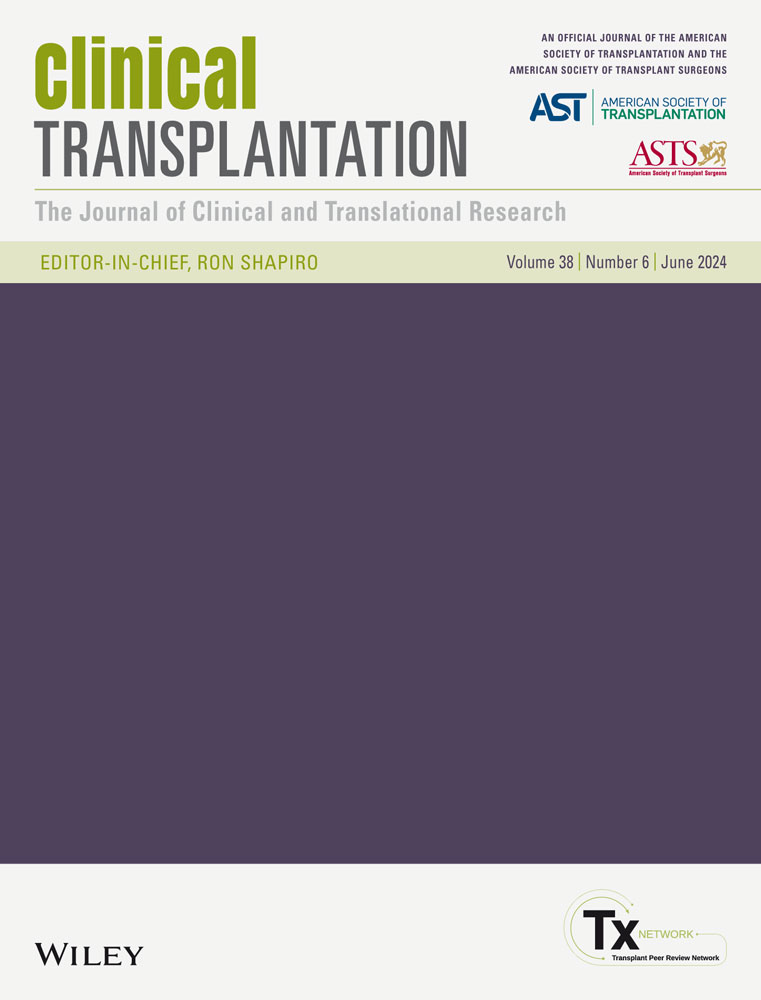Banff-based histologic chronicity index is associated with graft failure but has poor interobserver reproducibility
Abstract
Background
Antibody-mediated rejection (AMR) often leads to chronic kidney allograft damage and is a critical cause of allograft failure. The Banff classification, used to diagnose AMR, has become complex and challenging for clinicians. A Banff-based histologic chronicity index (CI) was recently proposed as a simplified prognostic indicator. Its reliability and reproducibility have not been externally validated.
Methods
This study investigated 71 kidney allograft biopsies diagnosed with AMR. Interobserver reproducibility of the recently proposed CI and its components (cg, cv, ct, and ci) were assessed. The association between CI and allograft failure was analyzed, and CI cut-off values were evaluated by Cox proportional hazards regression and Kaplan–Meier estimator with log-rank test.
Results
The study confirmed the association of CI with allograft failure, but also revealed that the assessment of CI varied between pathologists, impacting its reproducibility as a prognostic tool. Only 49 (69.0%) of the biopsies showed complete agreement on the proposed cut-off value of CI < 4 or CI ≥ 4. Furthermore, this cut-off did not reliably stratify allograft failure. Notably, the cg score, which carries significant weight in the CI calculation, had the lowest agreement between observers (kappa = .281).
Conclusions
While a simplified prognostic indicator for AMR is needed, this study highlights the limitations of CI, particularly its poor interobserver reproducibility. Our findings suggest that clinicians should interpret CI cautiously and consider establishing their own cut-off values. This study underscores the need to address interobserver reproducibility before CI can be widely adopted for AMR management.
CONFLICT OF INTEREST STATEMENT
The authors declare no conflicts of interest.
Open Research
DATA AVAILABILITY STATEMENT
The data underlying this article will be shared upon reasonable request to the corresponding author.




